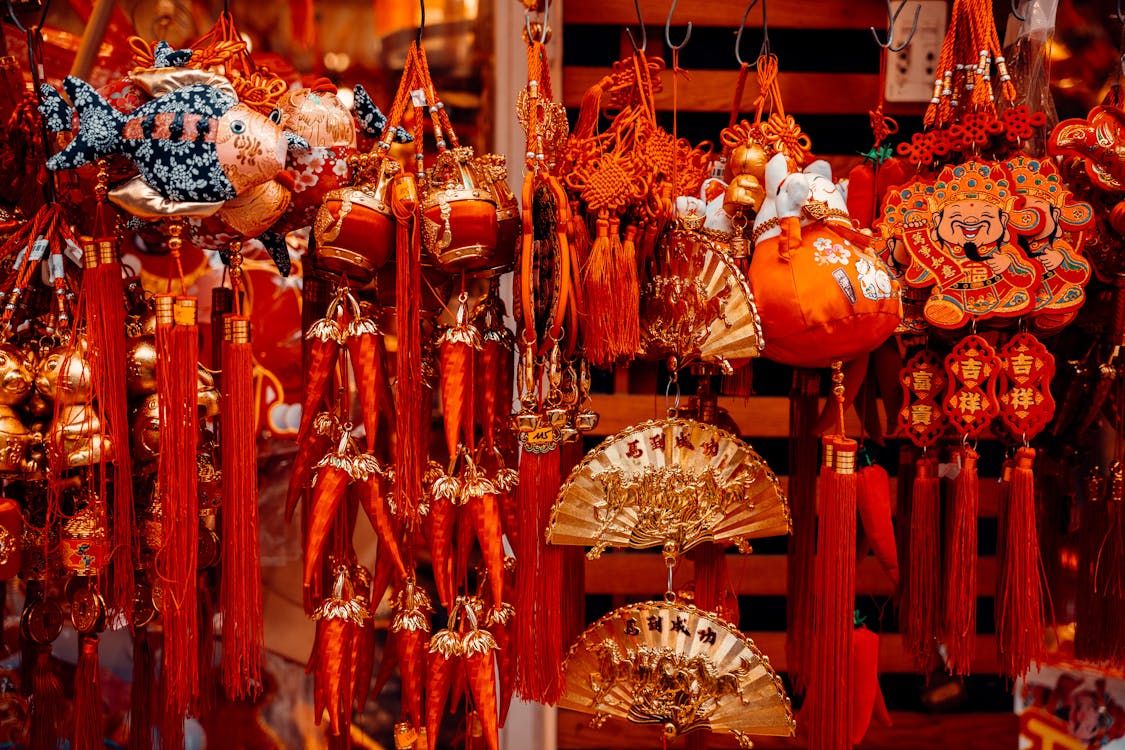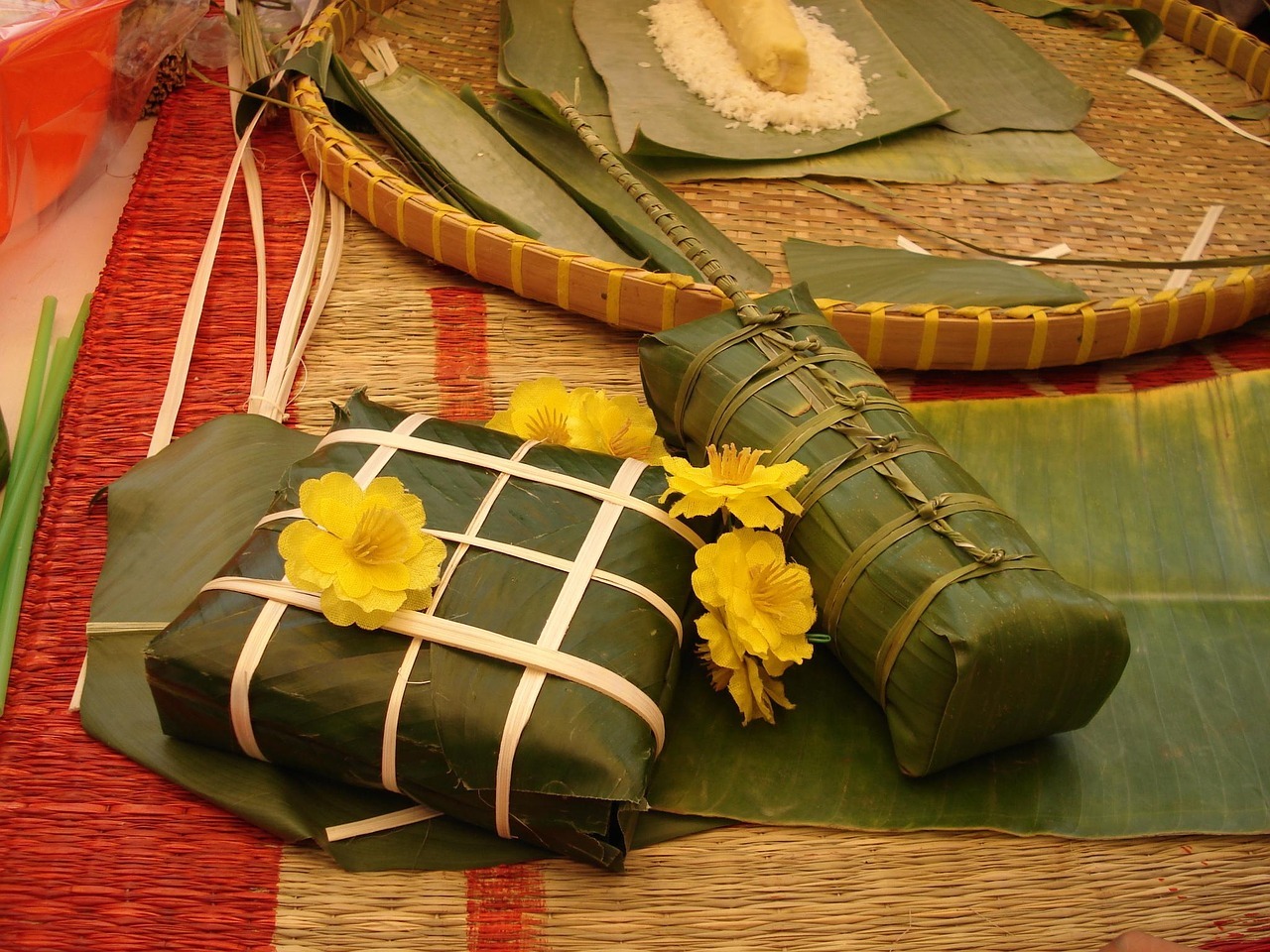When the most exciting time of the year arrives in Vietnam, the streets are adorned with red and gold decorations, families gather together, and the spirit of new beginnings fills every corner. Tết Nguyên Đán, or simply Tết, is the biggest and most important festival in Vietnam. But what exactly is Tết, when is it celebrated, and what traditions does it include? Here’s everything you need to know about the fascinating world of Vietnamese New Year!
🎊 What is Vietnamese New Year (Tết)?
Tết Nguyên Đán is a Vietnamese term derived from Chinese, meaning “the first day of the new year.” Determined by the Lunar Calendar, this special occasion is Vietnam’s largest festival and most significant family celebration. Today, Vietnamese people refer to this festival simply as “Tết.”
Tết is not just a New Year’s celebration; it is also seen as a symbol of the arrival of spring, family unity, and prosperity. To leave behind the old year and welcome the new one with a fresh start, homes are cleaned, debts are paid, quarrels are settled, and everything is prepared for a new beginning.
📅 When is Vietnamese New Year Celebrated?
Since Tết follows the Lunar Calendar, its date changes each year. It typically falls between late January and mid-February. Although it coincides with Chinese New Year, Tết has its own unique traditions.
Here are the upcoming Tết dates:
📌 2025: January 29
📌 2026: February 17
📌 2027: February 6
Tết celebrations are not limited to just the first day of the new year; festivities often last for a week. However, preparations start weeks in advance, and the most intense celebrations take place in the first three official days of the new year.
According to Vietnamese beliefs, the way one spends the first day of Tết determines how the entire year will unfold. Therefore, people try to stay happy, avoid negative words, and spread positive energy on this special day.
🌿 Origins and Legends of Tết
Tết’s origins date back thousands of years to Vietnam’s agricultural society. Influenced by Chinese traditions, this festival evolved with Vietnamese-specific customs and rituals.
One of the most famous legends associated with Tết is the story of the Kitchen Gods (Táo Quân). According to this belief, three kitchen gods live in every household, observing the family throughout the year. At the end of the year, they ascend to Heaven to report to the Jade Emperor. To ensure that the Kitchen Gods deliver only good news, Vietnamese families send them off with sweet treats and offerings before Tết.

🎆 Traditional Preparations for Tết
For the Vietnamese, Tết is more than just a one-day event—it involves an extensive preparation period. Here are some essential customs before and during Tết:
✅ Cleaning the House and Paying Debts – To start the new year fresh, homes are thoroughly cleaned, and outstanding debts are settled.
✅ Red and Gold Decorations – Homes are decorated with red and gold ornaments, symbolizing luck and prosperity.
✅ Hoa Mai and Hoa Đào Flowers – Yellow and pink flowers represent the arrival of spring and new beginnings.
✅ Visiting Ancestral Graves – Families visit and clean the graves of their ancestors to pay respects.
✅ Wearing New Clothes – People wear red or brightly colored new clothes to welcome the new year with fresh energy.
🐉 Symbols of Tết and Zodiac Signs
Each year during Tết, a different zodiac animal takes the spotlight in decorations and gifts. This is because Vietnam follows the Chinese Zodiac system, where each year is represented by one of 12 animals.
If you notice snake symbols everywhere, it’s because 2025 is the Year of the Snake (Năm Tỵ). In Vietnamese culture, the snake represents intelligence, intuition, and transformation. It is also associated with prosperity and protective spirits.
According to the zodiac cycle, the Year of the Snake is believed to bring strategic thinking, deep reflection, and change. If you were born in a Snake Year, you are considered charismatic, intuitive, and highly intelligent. 🐍✨

🍊 Traditional Tết Foods
Tết is a time for rich and meaningful dishes. Here are some of the most popular Tết foods:
🥮 Bánh Chưng and Bánh Tét – Sticky rice cakes wrapped in leaves, symbolizing prosperity and family unity.
🍬 Mứt (Candied Fruits & Sweets) – Made from coconut, ginger, and lotus seeds, these sweet treats are offered to guests.
🌰 Roasted Watermelon Seeds (Hạt Dưa) – A popular snack during conversations, representing health and longevity.
🧧 Gift-Giving and Red Envelopes (Lì Xì)
One of the most joyful traditions of Tết is Lì Xì, the custom of giving red envelopes filled with money. Children and young people receive these envelopes from their elders as a symbol of luck, prosperity, and happiness for the new year. Elders also receive red envelopes as a sign of respect.
🎇 Tết in Modern Vietnam: How is it Celebrated Today?
Today, Tết is celebrated differently in cities and rural areas. In big cities, grand firework displays light up the sky, while in villages, people still follow traditional rituals. However, one thing remains the same: families coming together to celebrate the new year.
✨ Final Thoughts: Tết, A Cultural Treasure
Tết is more than just a New Year celebration—it is a time of unity, prosperity, and new beginnings. If you ever plan to visit Vietnam, experiencing Tết will offer you an unforgettable cultural experience.
Chúc Mừng Năm Mới! 🎉 (Happy New Year!)
